21 Photography Tips for Intermediate Photographers
21 نصيحة للتصوير الفوتوغرافي للمصورين ذوي المستوى المتوسط
In this article, I want to share some of the most important tips I have learned as a photographer over the years – the bits of knowledge that I try to keep in mind for every photo captured, and the things I wish I knew early on. Almost all these tips are related to composition and creativity, not camera equipment, but it’s a bit deceiving; you still need a grasp of the technical side of things if you want to master photography.
Below are the top tips you should keep in mind when you’re moving from beginner to intermediate level in photography.
في هذه المقالة، أريد أن أشارك بعضًا من أهم النصائح التي تعلمتها كمصور فوتوغرافي على مر السنين - أجزاء من المعرفة التي أحاول أن أضعها في الاعتبار عند كل صورة يتم التقاطها، والأشياء التي أتمنى أن أعرفها مبكرًا. ترتبط كل هذه النصائح تقريبًا بالتكوين والإبداع، وليس بمعدات الكاميرا، ولكنها خادعة بعض الشيء؛ لا تزال بحاجة إلى فهم الجانب الفني للأشياء إذا كنت تريد إتقان التصوير الفوتوغرافي.
فيما يلي أهم النصائح التي يجب أن تضعها في اعتبارك عند الانتقال من المستوى المبتدئ إلى المستوى المتوسط في التصوير الفوتوغرافي.
21 نصيحة للتصوير الفوتوغرافي للمصورين ذوي المستوى المتوسط
In this article, I want to share some of the most important tips I have learned as a photographer over the years – the bits of knowledge that I try to keep in mind for every photo captured, and the things I wish I knew early on. Almost all these tips are related to composition and creativity, not camera equipment, but it’s a bit deceiving; you still need a grasp of the technical side of things if you want to master photography.
Below are the top tips you should keep in mind when you’re moving from beginner to intermediate level in photography.
في هذه المقالة، أريد أن أشارك بعضًا من أهم النصائح التي تعلمتها كمصور فوتوغرافي على مر السنين - أجزاء من المعرفة التي أحاول أن أضعها في الاعتبار عند كل صورة يتم التقاطها، والأشياء التي أتمنى أن أعرفها مبكرًا. ترتبط كل هذه النصائح تقريبًا بالتكوين والإبداع، وليس بمعدات الكاميرا، ولكنها خادعة بعض الشيء؛ لا تزال بحاجة إلى فهم الجانب الفني للأشياء إذا كنت تريد إتقان التصوير الفوتوغرافي.
فيما يلي أهم النصائح التي يجب أن تضعها في اعتبارك عند الانتقال من المستوى المبتدئ إلى المستوى المتوسط في التصوير الفوتوغرافي.


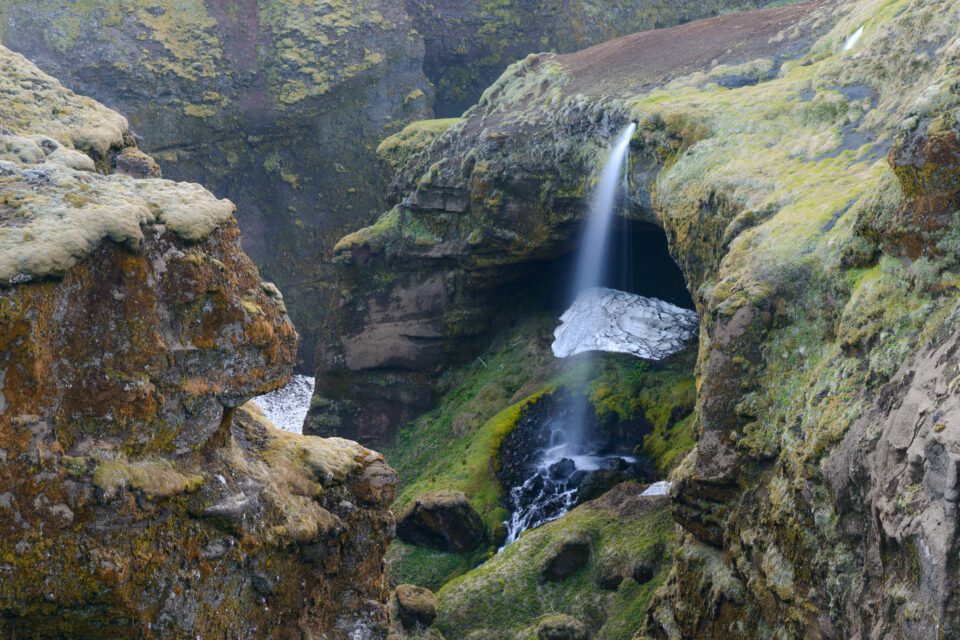
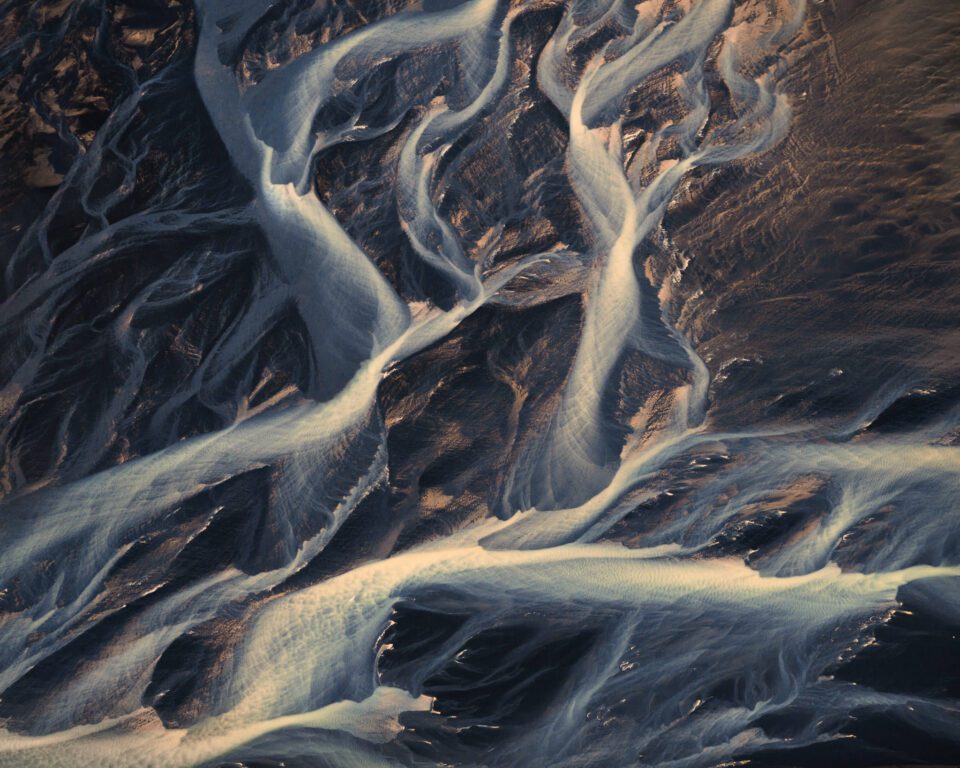
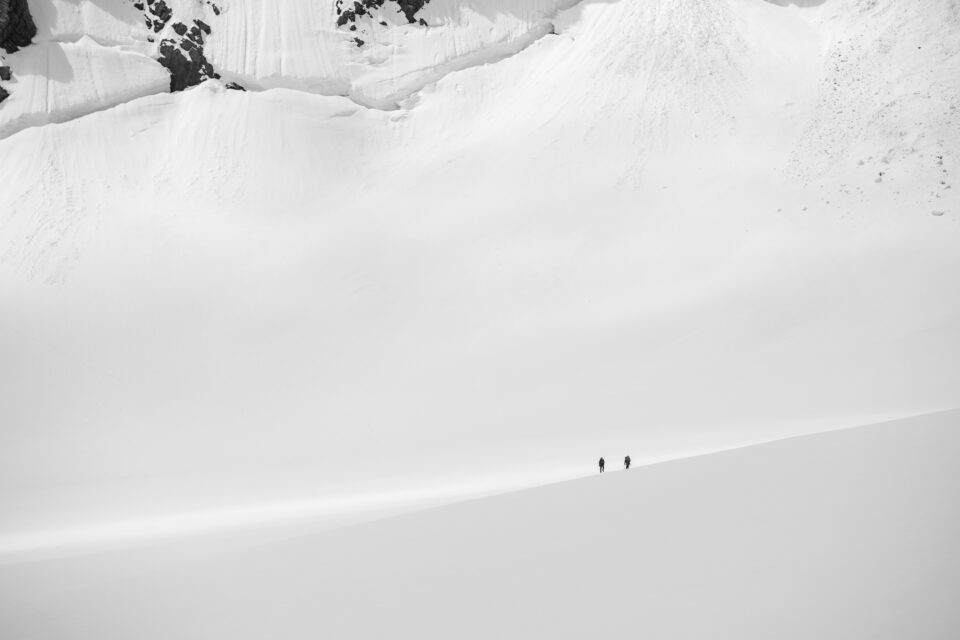

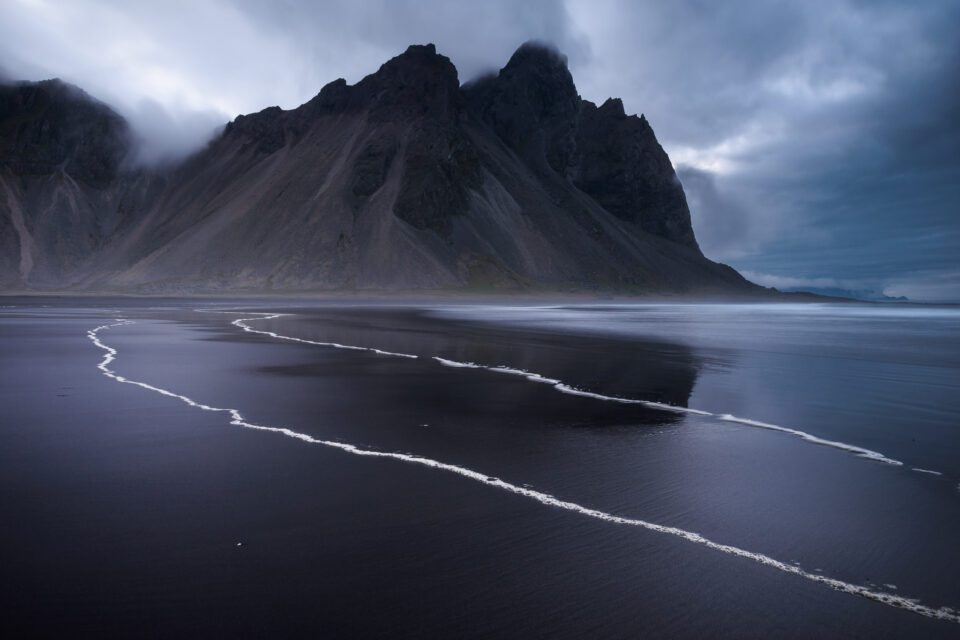
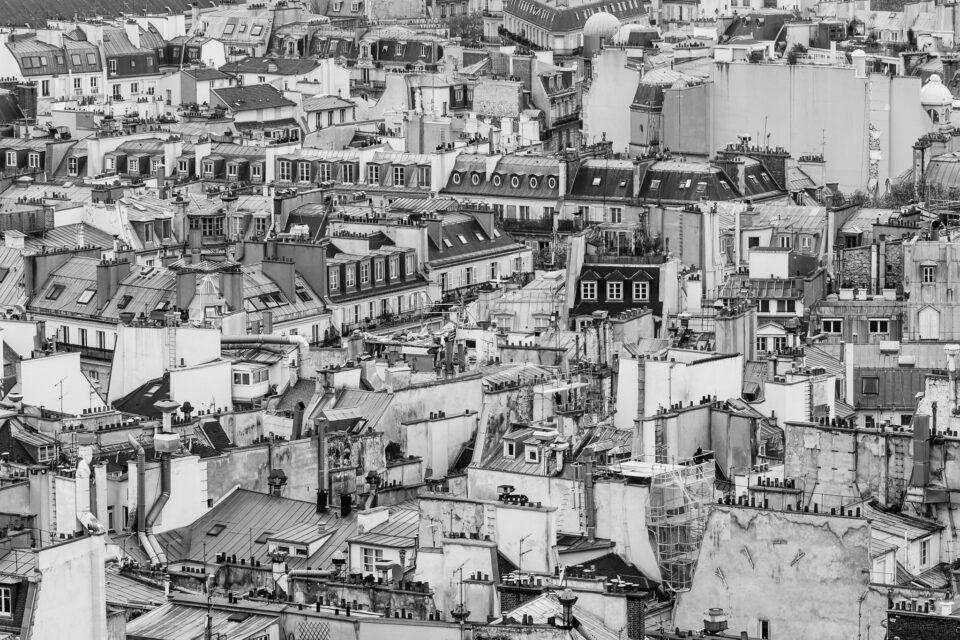

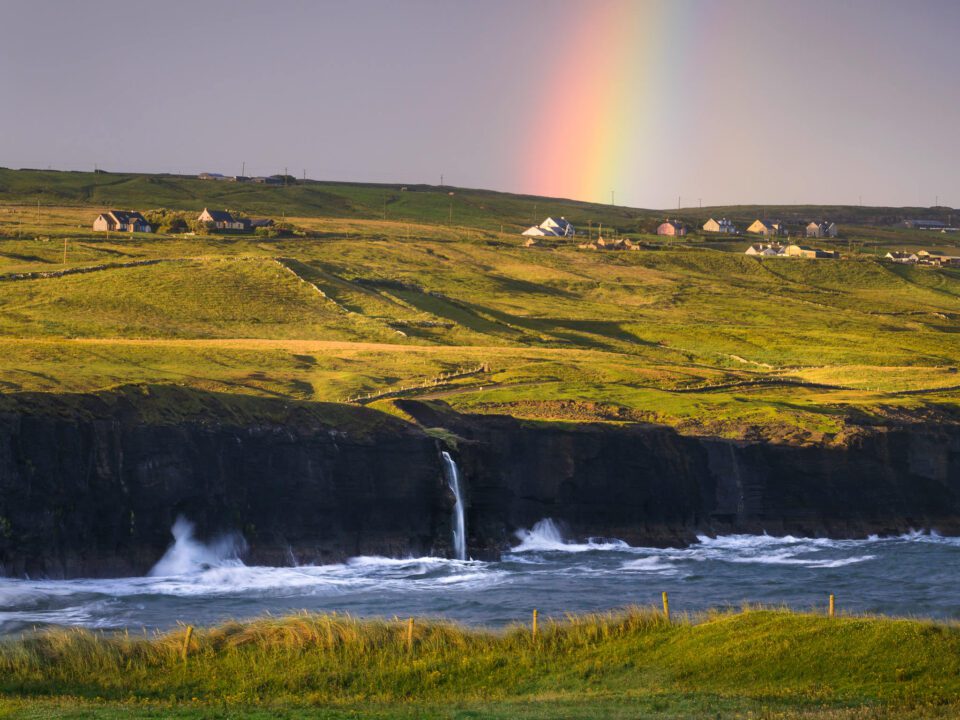

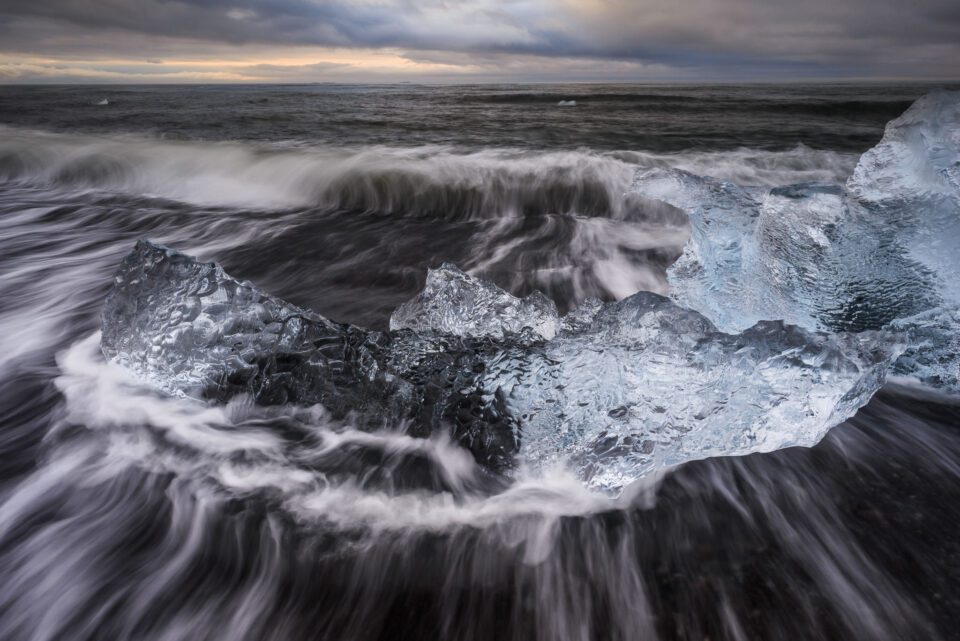
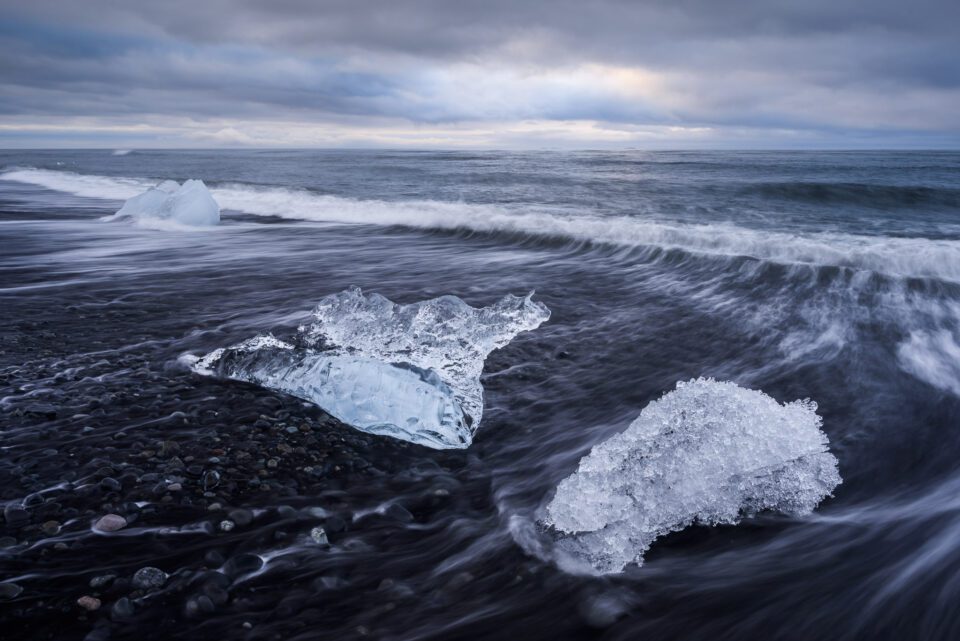
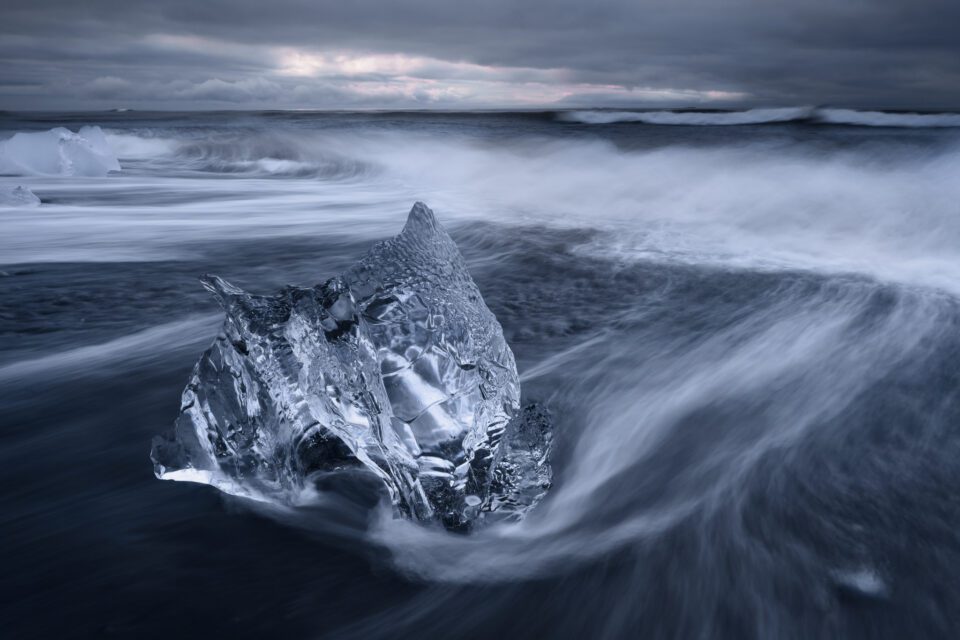
تعليق